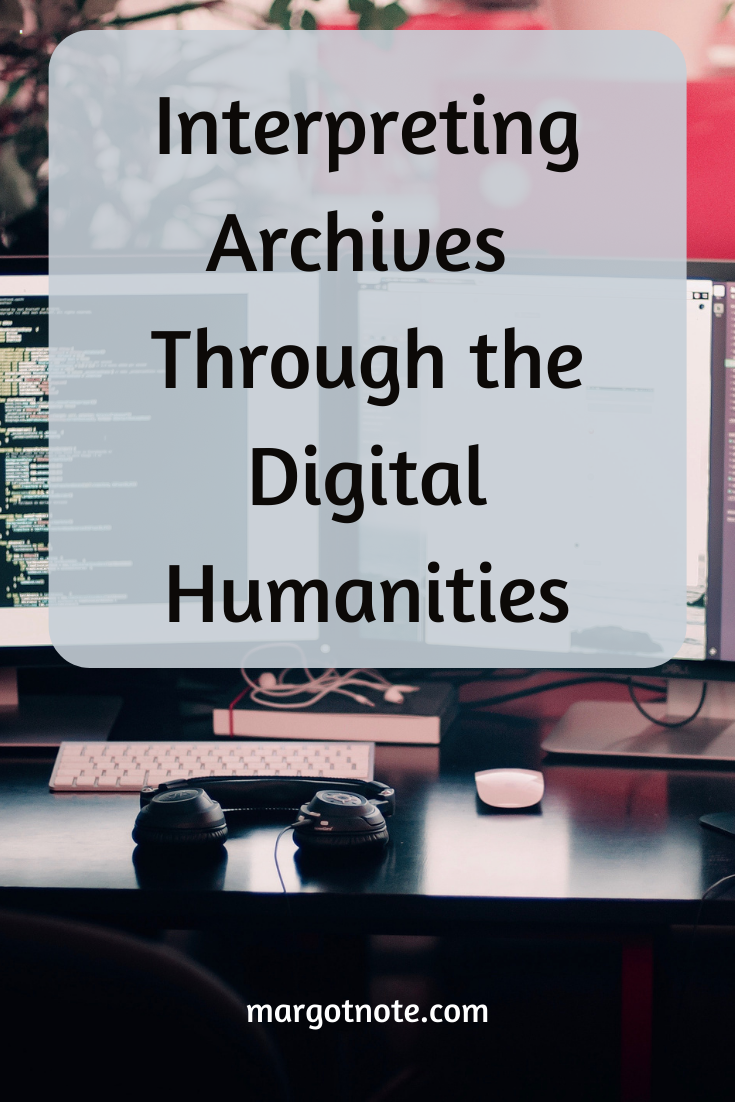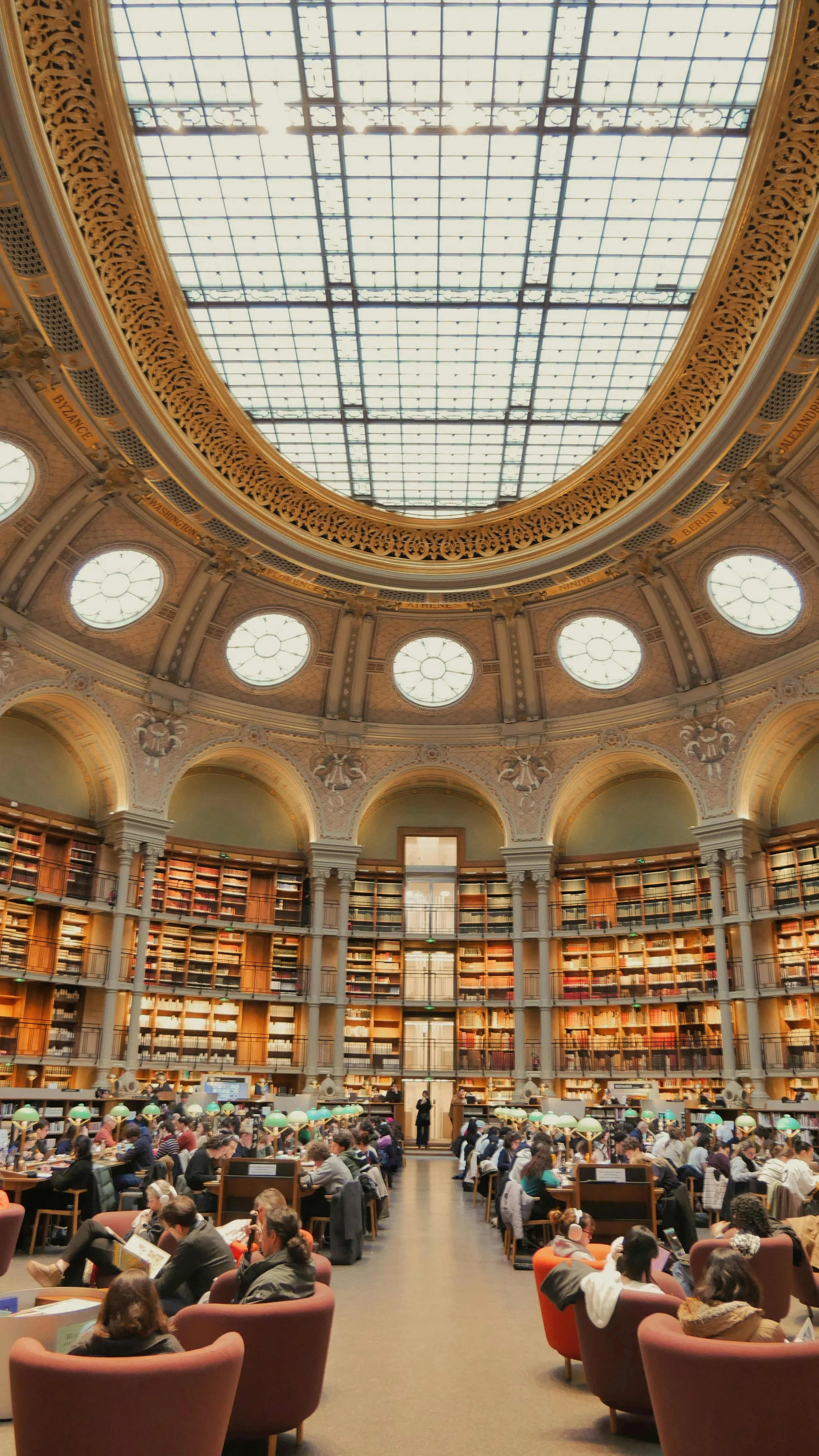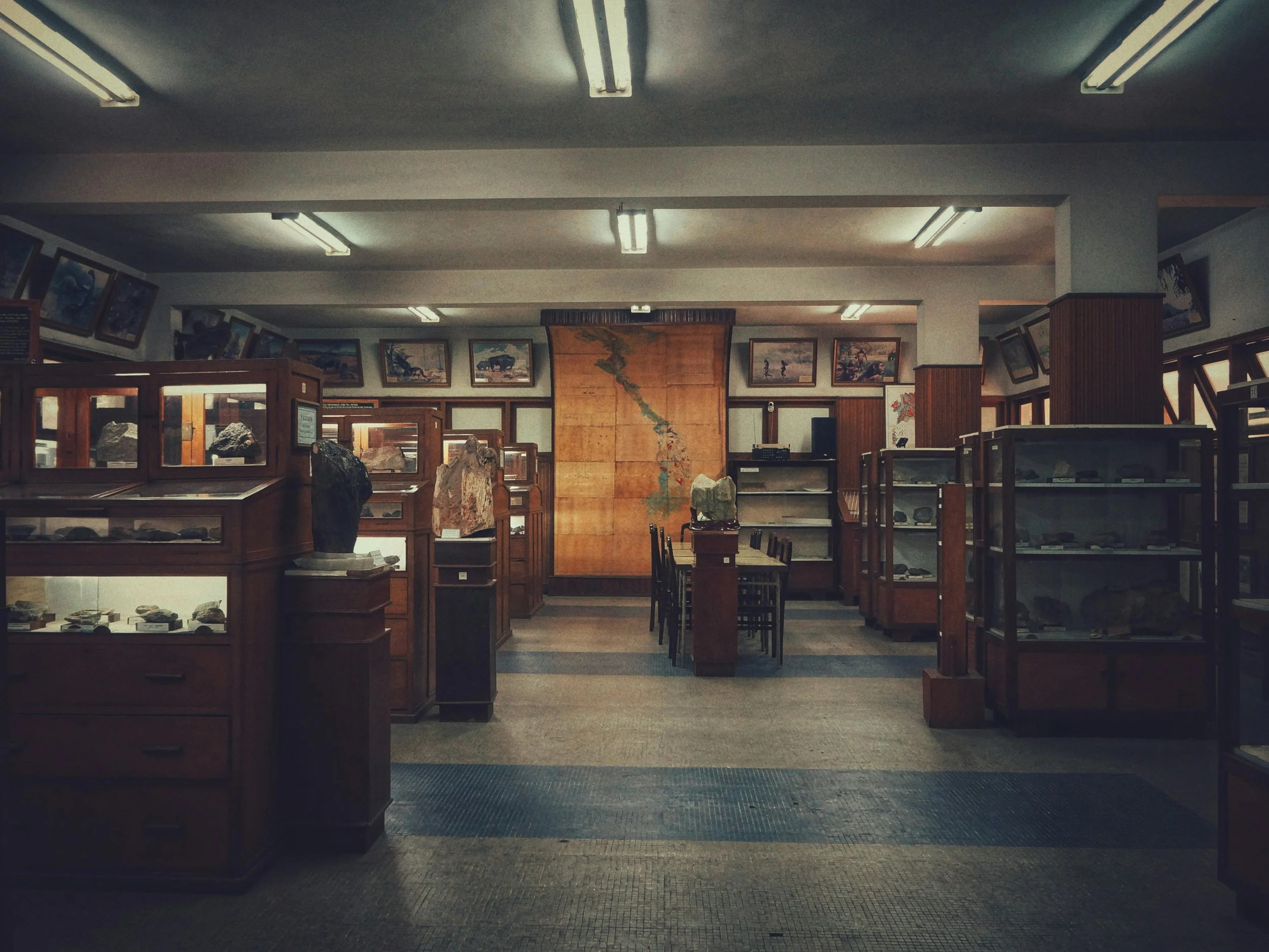Many disciplines and fields in the humanities rely on the intensive use of primary sources and collecting, preserving, and facilitating access to those sources.
With the advent of technology, researchers have realigned the methods required in the digital environment for managing primary sources and research and pedagogy based on them.
Archivists’ protective treatment of primary sources in physical form as special collections is inappropriate for copies that are available in digital form; in the digital environment, archival materials can be re-edited and remixed within a network of digital storage, access, and dissemination and be viewed as data. Data include texts such as papyri, medieval manuscripts, early printed books, and contemporary literature in the humanities. They may also include artwork, architectural plans and monuments, music, field notes, photographs, videos, newspapers, television and radio broadcasts, film and film scripts, costumes and textiles, and websites.
Defining Digital Humanities
Digital humanities using archival materials combines traditional humanities research with computational methods. Engaging the digital humanities community to work with archival collections allows users to answer old questions with new techniques and pose novel questions. Most importantly, archivists can reach new audiences. Connecting the digital humanities communities can also reunify scattered cultural records, making the illegible legible and tacit knowledge explicit. By being brave and vulnerable enough to open the archives to the digital humanities, archivists can shake up pedagogy while allowing users to understand the world taking shape around them and help to shape it as well.
By accessing primary sources—physical and digital texts, images, and audio-visual materials—digital humanity users are critical of tools, technologies, and platforms. An openness evolves from digital humanities work, stemming from open access, open-source, and open annotation methods. Users tend to be more experimental; risk-taking, redefinition, and embracing failure are benchmarks of their approach. Their practices are also collaborative. Projects often are interdisciplinary, with multiple authors and distributed expertise. Distributed knowledge production favors team contributions, crowdsourcing, and user-based interpretation. Technology-enabled projects also generate possibilities for rewarding collaborations between archivists, researchers, and technologists and among scholars whose disciplines, distance, and language have previously separated them from others.
Digital humanities projects using primary sources are iterative, agile, and process-focused, with short periods of focused work and expanded versions. Digital humanities projects using archival materials are transparent. Researchers present what is known and learn as they go. They garner feedback through public peer review and view all phases of work as valuable, not just final drafts. One way in which digital humanities offer connections is through its nature as public scholarship. Users see relevance and value in audiences beyond academia—and the archives. Their work steps outside traditional publishing models, such as academic journals, and lives online, allowing easier access to all.
Communicating Archives
Digital humanities projects that use archives rely on technology to reveal and communicate their findings. This is especially true of projects that depend on scale. As data sets grow larger and larger, computational- and algorithmic-enabled inquiries are required. Projects include data annotation (tagging), text analysis and data mining, digital exhibitions, linked data, photogrammetry, virtual worlds, and 3-D modeling.
One example of interpretation is through locative investigation, which connects real, virtual, and interpretive sites through digital cultural mapping and Geographic Information Systems (GIS). Another is through humanities gaming with virtual learning environments that create interactive narratives and explore humanist themes. Data visualization and data design occur through virtual and spatial representations, geo-referencing and mapping, and simulated environments.
Some digital humanities findings are available through augmented editions such as marked-up and encoded texts, often created through crowdsourced methods and open to revision, sampling, annotation, transcription, repurposing, and remixing.
New Capacities for Archival Research
New technological capabilities promise that new knowledge based on archival materials can be produced in ways previously impossible. Projects, particularly those using text analysis in archival holdings, have advanced collective knowledge, and users understand the creation of new communication genres. Building on the large-scale digitization efforts and digital humanities tools, scholars have advanced their research, and archivists have new possibilities to assist and support innovative information efforts and communicate the value of their holdings.
The blog was originally published on Lucidea's blog.
Get Started
Looking for archival advising, records management, and historical research services? Click below to speak with an expert consultant.































